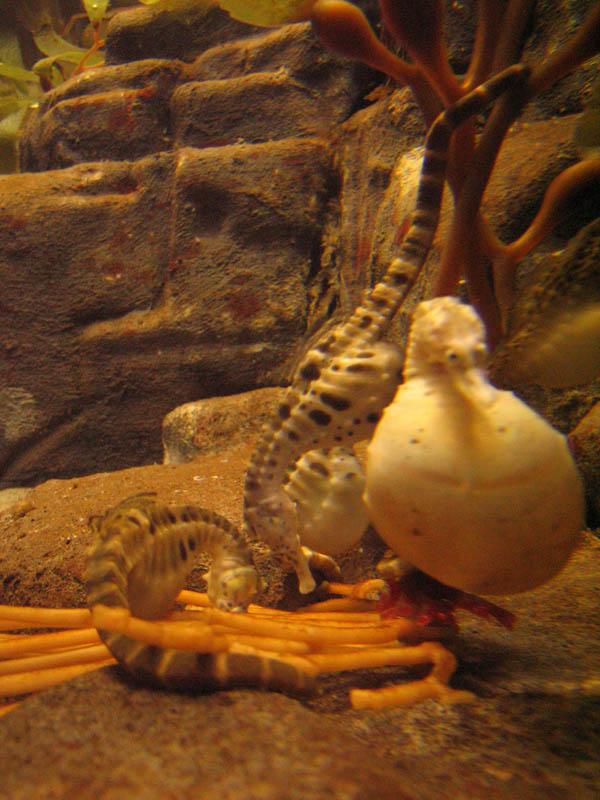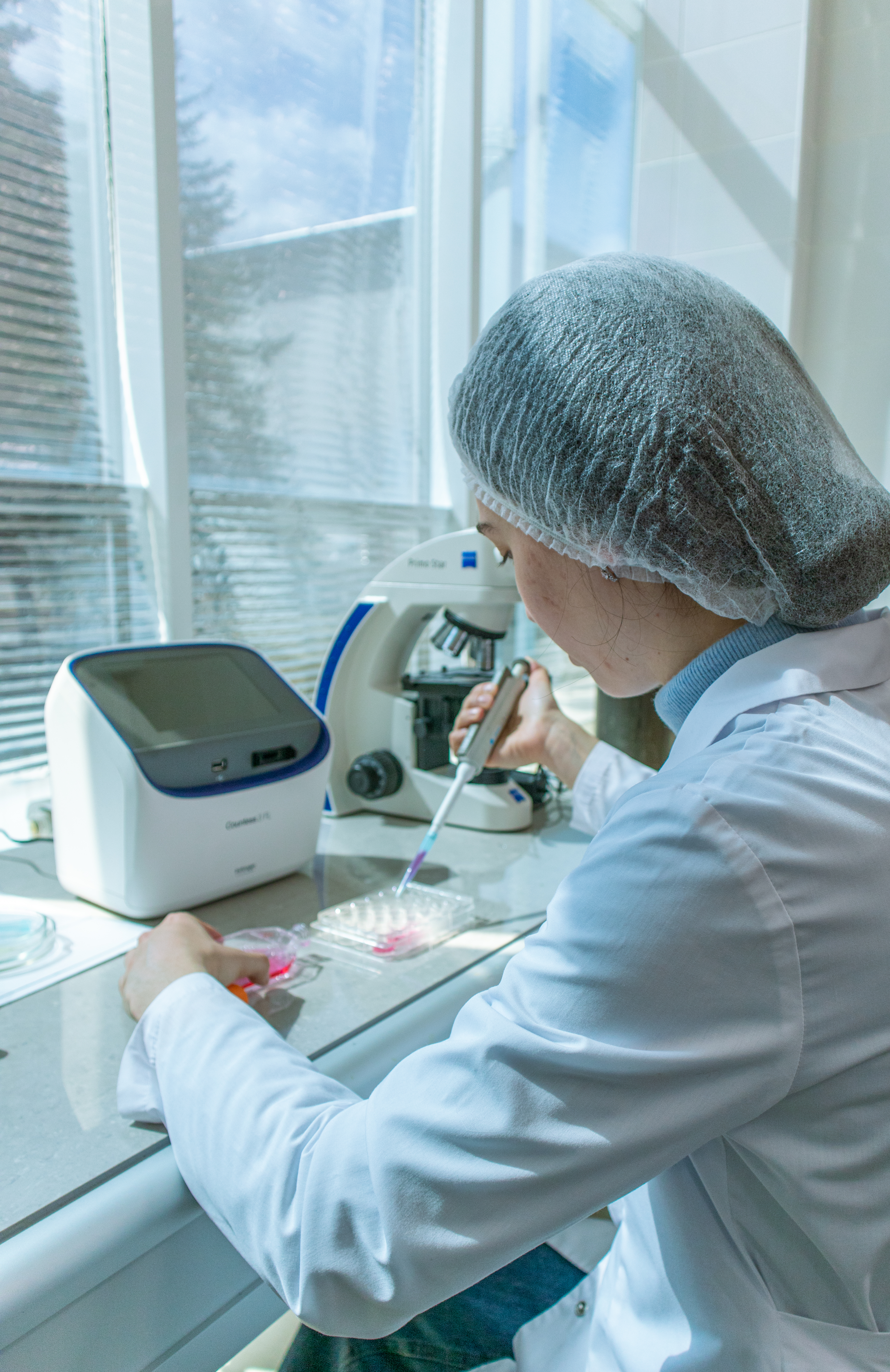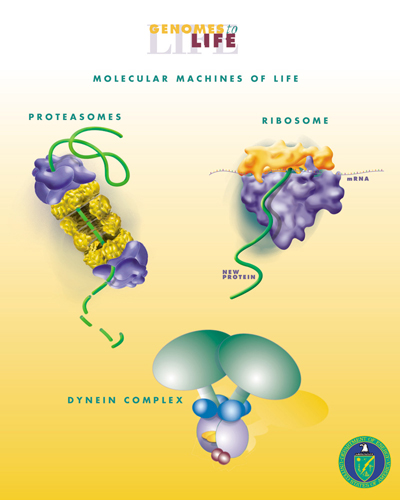|
Male Egg
Male egg can refer to either: #An egg that artificially contains genetic material from a male. #An egg from a haplodiploid species such as an ant or bee that is unfertilized and will hatch a male #A fertilized egg that a male organism is developing in This article focuses on the first definition. Male eggs are the result of a process in which the eggs of a female would be emptied of their genetic contents (a technique similar to that used in the cloning process), and those contents would be replaced with male DNA. Such eggs could then be fertilized by sperm. The procedure was conceived by Calum MacKellar, a Scottish bioethicist. With this technique, two males could be the biological parents of a child. However, such a procedure would additionally require an artificial womb or a female gestational carrier. [...More Info...] [...Related Items...] OR: [Wikipedia] [Google] [Baidu] |
Zygote
A zygote (; , ) is a eukaryote, eukaryotic cell (biology), cell formed by a fertilization event between two gametes. The zygote's genome is a combination of the DNA in each gamete, and contains all of the genetic information of a new individual organism. The sexual fusion of haploid cells is called karyogamy, the result of which is the formation of a Ploidy#Haploid and monoploid, diploid cell called the zygote or zygospore. History German zoologists Oscar Hertwig, Oscar and Richard Hertwig made some of the first discoveries on animal zygote formation in the late 19th century. In multicellular organisms The zygote is the earliest developmental stage. In humans and most other Anisogamy, anisogamous organisms, a zygote is formed when an egg cell and sperm, sperm cell come together to create a new unique organism. The formation of a cell potency, totipotent zygote with the potential to produce a whole organism depends on epigenetics, epigenetic reprogramming. DNA demethyla ... [...More Info...] [...Related Items...] OR: [Wikipedia] [Google] [Baidu] |
Male Pregnancy
Male pregnancy is the incubation of one or more embryos or fetuses by organisms of the male sex in some species. Most species that reproduce by sexual reproduction are heterogamous—females producing larger gametes ( ova) and males producing smaller gametes (sperm). In nearly all animal species that give live birth, offspring are carried by the female until birth, but in fish of the family Syngnathidae ( pipefish, seahorses and the leafy seadragon), males perform that function. In animals Syngnathidae family The fish family Syngnathidae has the unique characteristic of a highly derived form of male brood care referred to as "male pregnancy". The family is highly diverse, containing around 300 different species of fish. Included in Syngnathidae are seahorses, the pipefish, and the weedy and leafy seadragons. The males of some of these species possess a brood pouch on the trunk or tail; in other species, the eggs are merely attached to the male's trunk or tail when t ... [...More Info...] [...Related Items...] OR: [Wikipedia] [Google] [Baidu] |
Genetic Engineering
Genetic engineering, also called genetic modification or genetic manipulation, is the modification and manipulation of an organism's genes using technology. It is a set of Genetic engineering techniques, technologies used to change the genetic makeup of cells, including the transfer of genes within and across species boundaries to produce improved or novel organisms. New DNA is obtained by either isolating and copying the genetic material of interest using recombinant DNA methods or by Artificial gene synthesis, artificially synthesising the DNA. A Vector (molecular biology), construct is usually created and used to insert this DNA into the host organism. The first recombinant DNA molecule was made by Paul Berg in 1972 by combining DNA from the monkey virus SV40 with the Lambda phage, lambda virus. As well as inserting genes, the process can be used to remove, or "Gene knockout, knock out", genes. The new DNA can either be inserted randomly or Gene targeting, targeted to a spe ... [...More Info...] [...Related Items...] OR: [Wikipedia] [Google] [Baidu] |
Biotechnology
Biotechnology is a multidisciplinary field that involves the integration of natural sciences and Engineering Science, engineering sciences in order to achieve the application of organisms and parts thereof for products and services. Specialists in the field are known as biotechnologists. The term ''biotechnology'' was first used by Károly Ereky in 1919 to refer to the production of products from raw materials with the aid of living organisms. The core principle of biotechnology involves harnessing biological systems and organisms, such as bacteria, yeast, and plants, to perform specific tasks or produce valuable substances. Biotechnology had a significant impact on many areas of society, from medicine to agriculture to environmental science. One of the key techniques used in biotechnology is genetic engineering, which allows scientists to modify the genetic makeup of organisms to achieve desired outcomes. This can involve inserting genes from one organism into another, and con ... [...More Info...] [...Related Items...] OR: [Wikipedia] [Google] [Baidu] |
Biological Engineering
Biological engineering or bioengineering is the application of principles of biology and the tools of engineering to create usable, tangible, economically viable products. Biological engineering employs knowledge and expertise from a number of pure and applied sciences, such as mass and heat transfer, kinetics, biocatalysts, biomechanics, bioinformatics, separation and purification processes, bioreactor design, surface science, fluid mechanics, thermodynamics, and polymer science. It is used in the design of medical devices, diagnostic equipment, biocompatible materials, renewable energy, ecological engineering, agricultural engineering, process engineering and catalysis, and other areas that improve the living standards of societies. Examples of bioengineering research include bacteria engineered to produce chemicals, new medical imaging technology, portable and rapid disease diagnostic devices, prosthetics, biopharmaceuticals, and tissue-engineered organs. Bio ... [...More Info...] [...Related Items...] OR: [Wikipedia] [Google] [Baidu] |
Applied Genetics
Genetic engineering, also called genetic modification or genetic manipulation, is the modification and manipulation of an organism's genes using technology. It is a set of technologies used to change the genetic makeup of cells, including the transfer of genes within and across species boundaries to produce improved or novel organisms. New DNA is obtained by either isolating and copying the genetic material of interest using recombinant DNA methods or by artificially synthesising the DNA. A construct is usually created and used to insert this DNA into the host organism. The first recombinant DNA molecule was made by Paul Berg in 1972 by combining DNA from the monkey virus SV40 with the lambda virus. As well as inserting genes, the process can be used to remove, or "knock out", genes. The new DNA can either be inserted randomly or targeted to a specific part of the genome. An organism that is generated through genetic engineering is considered to be genetically modified ... [...More Info...] [...Related Items...] OR: [Wikipedia] [Google] [Baidu] |
Genomic Imprinting
Genomic imprinting is an epigenetic phenomenon that causes genes to be expressed or not, depending on whether they are inherited from the female or male parent. Genes can also be partially imprinted. Partial imprinting occurs when alleles from both parents are differently expressed rather than complete expression and complete suppression of one parent's allele. Forms of genomic imprinting have been demonstrated in fungi, plants and animals. In 2014, there were about 150 imprinted genes known in mice and about half that in humans. As of 2019, 260 imprinted genes have been reported in mice and 228 in humans. Genomic imprinting is an inheritance process independent of the classical Mendelian inheritance. It is an epigenetic process that involves DNA methylation and histone methylation without altering the genetic sequence. These epigenetic marks are established ("imprinted") in the germline (sperm or egg cells) of the parents and are maintained through mitotic cell divisions in the ... [...More Info...] [...Related Items...] OR: [Wikipedia] [Google] [Baidu] |
LGBT Reproduction
Lesbian, Gay men, gay, bisexual, transgender, and queer/Questioning (sexuality and gender), questioning people (LGBTQ community) people wishing to have children may use assisted reproductive technology. In recent decades, developmental biologists have been researching and developing techniques to facilitate same-sex reproduction. The obvious approaches, subject to a growing amount of activity, are female sperm and male eggs. In 2004, by altering the function of a few genes involved with imprinting, other Japanese scientists combined two mouse eggs to produce daughter mice and in 2018 Chinese scientists created 29 female mice from two female mice mothers but were unable to produce viable offspring from two father mice. One of the possibilities is transforming skin stem cells into sperm and eggs. Lack of access to assisted reproductive technologies is a form of healthcare inequality experienced by LGBT people. Freezing eggs LGBT women and trans men may choose to donate their o ... [...More Info...] [...Related Items...] OR: [Wikipedia] [Google] [Baidu] |
Female Sperm
Female sperm can refer to either: #A sperm which contains an X chromosome, produced in the usual way in the testicles, referring to the occurrence of such a sperm fertilizing an egg and giving birth to a female. #A sperm which artificially contains genetic material from a female. Since the late 1980s, scientists have explored how to produce sperm where all of the chromosomes come from a female donor. Artificial female sperm production Creating female sperm was first raised as a possibility in a patent filed in 1991 by injecting a female's cells into a male's testicles, though the patent focused mostly on injecting altered male cells into a male's testes to correct genetic diseases. In 1997, Japanese scientists partially confirmed such techniques by creating chicken female sperm in a similar manner. "However, the ratio of produced W chromosome-bearing (W-bearing) spermatozoa fell substantially below expectations. It is therefore concluded that most of the W-bearing PGC could ... [...More Info...] [...Related Items...] OR: [Wikipedia] [Google] [Baidu] |
Embryo
An embryo ( ) is the initial stage of development for a multicellular organism. In organisms that reproduce sexually, embryonic development is the part of the life cycle that begins just after fertilization of the female egg cell by the male sperm cell. The resulting fusion of these two cells produces a single-celled zygote that undergoes many cell divisions that produce cells known as blastomeres. The blastomeres (4-cell stage) are arranged as a solid ball that when reaching a certain size, called a morula, (16-cell stage) takes in fluid to create a cavity called a blastocoel. The structure is then termed a blastula, or a blastocyst in mammals. The mammalian blastocyst hatches before implantating into the endometrial lining of the womb. Once implanted the embryo will continue its development through the next stages of gastrulation, neurulation, and organogenesis. Gastrulation is the formation of the three germ layers that will form all of the different parts of t ... [...More Info...] [...Related Items...] OR: [Wikipedia] [Google] [Baidu] |
Gestational Carrier
Surrogacy is an arrangement whereby a woman gets pregnant and gives birth on behalf of another person or couple who will become the child's legal parents after birth. People pursue surrogacy for a variety of reasons such as infertility, dangers or undesirable factors of pregnancy, or when pregnancy is a medical impossibility. Surrogacy is highly controversial and only legal in twelve countries. A surrogacy relationship or legal agreement contains the person who carries the pregnancy and gives birth and the person or persons who take custody of the child after birth. The person giving birth is called the birth mother or gestational carrier or surrogate mother or surrogate. Those taking custody are called the ''commissioning'' or ''intended'' parents. The biological mother may be the surrogate or the intended parent or neither. Surrogate mothers are usually introduced to intended parents through third-party agencies, or other matching channels. They are usually required to par ... [...More Info...] [...Related Items...] OR: [Wikipedia] [Google] [Baidu] |
Artificial Womb
An artificial womb or artificial uterus is a device that allows for extracorporeal pregnancy, by growing a fetus outside the body of an organism that would normally carry the fetus to term. An artificial uterus, as a replacement organ, could have many applications. It could be used to assist male or female couples in the development of a fetus. This can potentially be performed as a switch from a natural uterus to an artificial uterus, thereby moving the threshold of fetal viability to a much earlier stage of pregnancy. In this sense, it can be regarded as a neonatal incubator with very extended functions. It could also be used for the initiation of fetal development. An artificial uterus could also help make fetal surgery procedures at an early stage an option instead of having to postpone them until term of pregnancy. An artificial uterus or incubator can also serve as a tool for wildlife conservation and de-extinction by eliminating the need for surrogate animals and mass-in ... [...More Info...] [...Related Items...] OR: [Wikipedia] [Google] [Baidu] |






